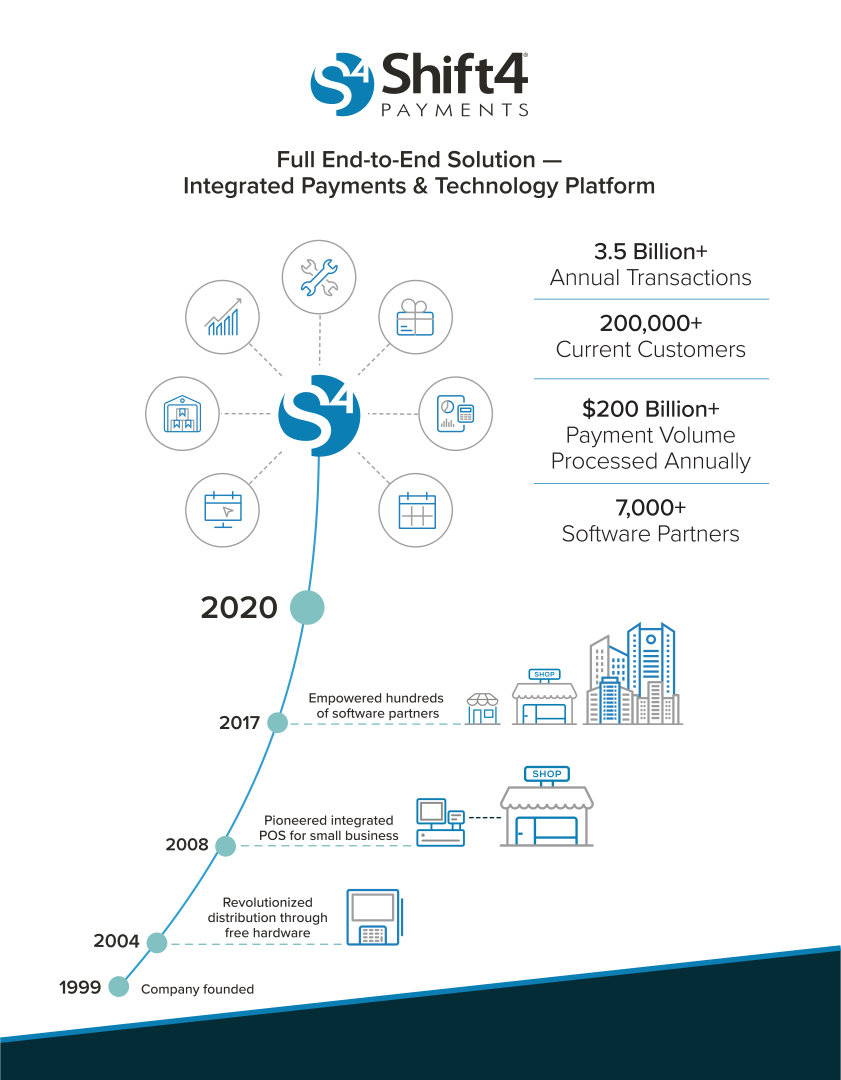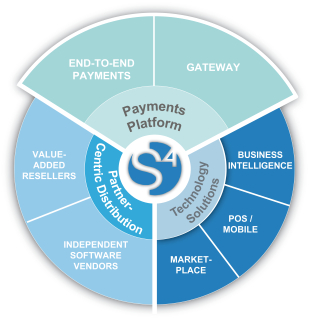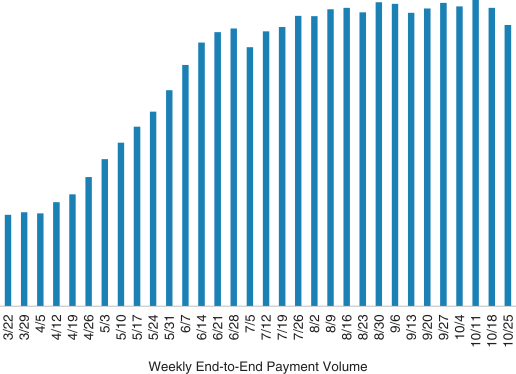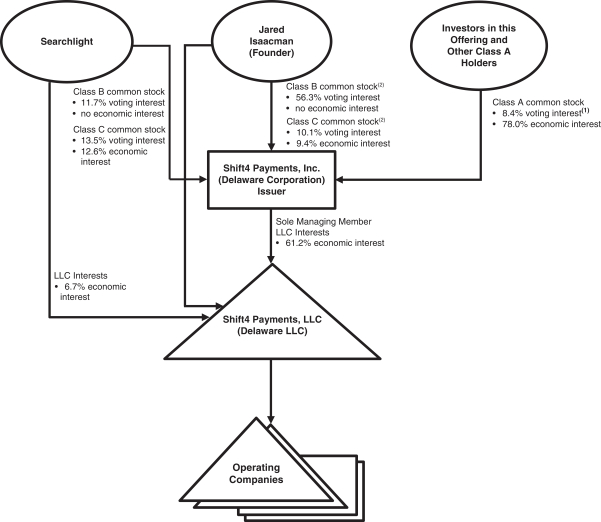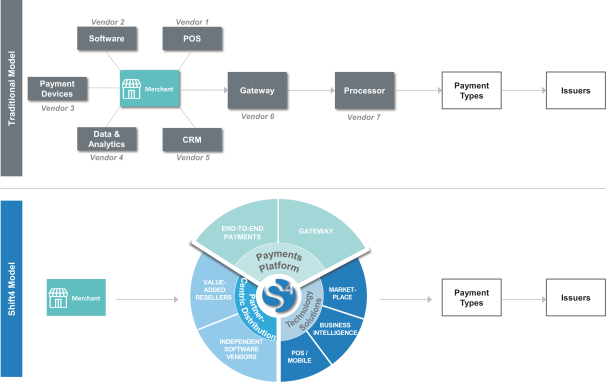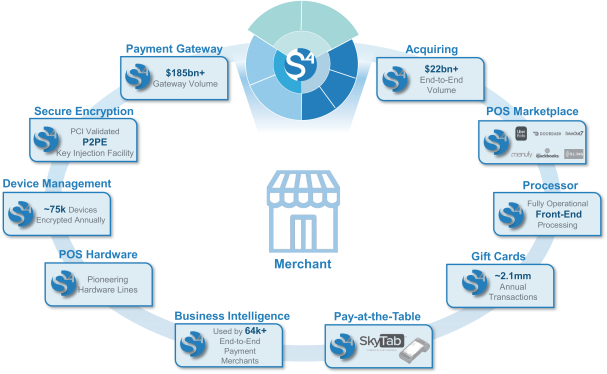serve, at our request as a director, officer, partner, employee or trustee of, or in a similar capacity with, another corporation, partnership, joint venture, trust or other enterprise (all such persons being referred to as an “Indemnitee”), or by reason of any action alleged to have been taken or omitted in such capacity, against all expenses (including attorneys’ fees), judgments, fines and amounts paid in settlement actually and reasonably incurred in connection with such action, suit or proceeding and any appeal therefrom, if such Indemnitee acted in good faith and in a manner he or she reasonably believed to be in, or not opposed to, our best interests, and, with respect to any criminal action or proceeding, he or she had no reasonable cause to believe his or her conduct was unlawful. Our amended and restated certificate of incorporation and amended and restated bylaws provides that we will indemnify any Indemnitee who was or is a party to an action or suit by or in the right of us to procure a judgment in our favor by reason of the fact that the Indemnitee is or was, or has agreed to become, a director or officer, or is or was serving, or has agreed to serve, at our request as a director, officer, partner, employee or trustee of, or in a similar capacity with, another corporation, partnership, joint venture, trust or other enterprise, or by reason of any action alleged to have been taken or omitted in such capacity, against all expenses (including attorneys’ fees) and, to the extent permitted by law, amounts paid in settlement actually and reasonably incurred in connection with such action, suit or proceeding, and any appeal therefrom, if the Indemnitee acted in good faith and in a manner he or she reasonably believed to be in, or not opposed to, our best interests, except that no indemnification shall be made with respect to any claim, issue or matter as to which such person shall have been adjudged to be liable to us, unless a court determines that, despite such adjudication but in view of all of the circumstances, he or she is entitled to indemnification of such expenses. Notwithstanding the foregoing, to the extent that any Indemnitee has been successful, on the merits or otherwise, he or she will be indemnified by us against all expenses (including attorneys’ fees) actually and reasonably incurred in connection therewith. Expenses must be advanced to an Indemnitee under certain circumstances.
We have entered into separate indemnification agreements with each of our directors and executive officers. Each indemnification agreement provides, among other things, for indemnification to the fullest extent permitted by law and our amended and restated certificate of incorporation and amended and restated bylaws against any and all expenses, judgments, fines, penalties and amounts paid in settlement of any claim. The indemnification agreements provide for the advancement or payment of all expenses to the indemnitee and for the reimbursement to us if it is found that such indemnitee is not entitled to such indemnification under applicable law and our amended and restated certificate of incorporation and amended and restated bylaws.
We maintain a general liability insurance policy that covers certain liabilities of directors and officers of our corporation arising out of claims based on acts or omissions in their capacities as directors or officers.
In any underwriting agreement we enter into in connection with the sale of Class A common stock being registered hereby, the underwriters will agree to indemnify, under certain conditions, us, our directors, our officers and persons who control us within the meaning of the Securities Act of 1933, as amended, or the Securities Act, against certain liabilities.
Item 15. Recent sales of unregistered securities.
In connection with the Transactions and our IPO, we issued (a) 528,150 shares of Class A common stock on a one-for-one basis to the Former Equity Owner in exchange for 528,150 LLC Interests, (b) 915,503 shares of Class A common stock to P&W Enterprises, Inc. in exchange for 915,503 LLC Interests as satisfaction of Shift4 Payments, LLC’s pre-existing obligation to P&W Enterprises, Inc., (c) 39,204,989 shares of Class B common stock and 15,513,817 shares of Class C common stock to the Blocker Shareholders in exchange for 54,718,806 LLC Interests, and (d) 4,625,346 shares of Class C common stock at a price per share of $21.62 to Rook in a Private Placement. The issuances of shares of Class A common stock, Class B common stock and Class C common Stock described in this paragraph were made in reliance on Section 4(a)(2) of the Securities Act and Rule 506 promulgated thereunder.
In connection with the 3DCART Acquisition, we issued 380,879 shares of Class A common stock at a price per share of $51.42 to GG Holdings, as partial consideration for the purchase of all outstanding equity interest of INFORMART2000. The issuances of shares of Class A common stock described in this paragraph were made in reliance on Section 4(a)(2) of the Securities Act and Rule 506 promulgated thereunder.
II-2


